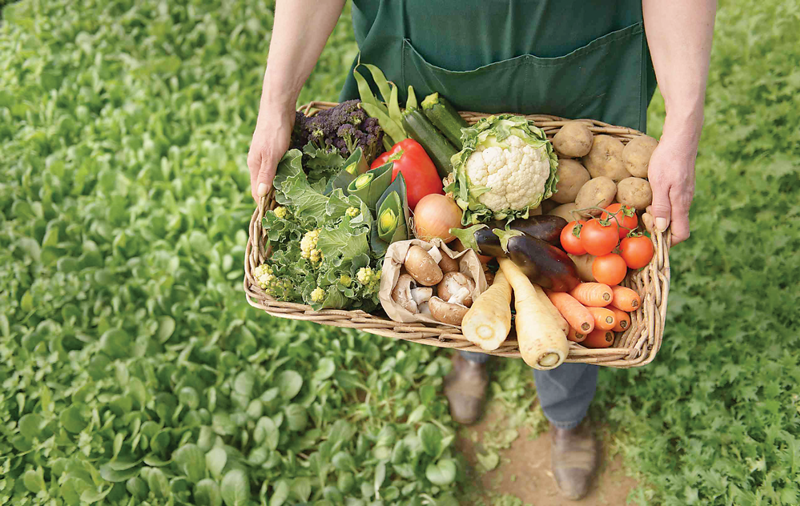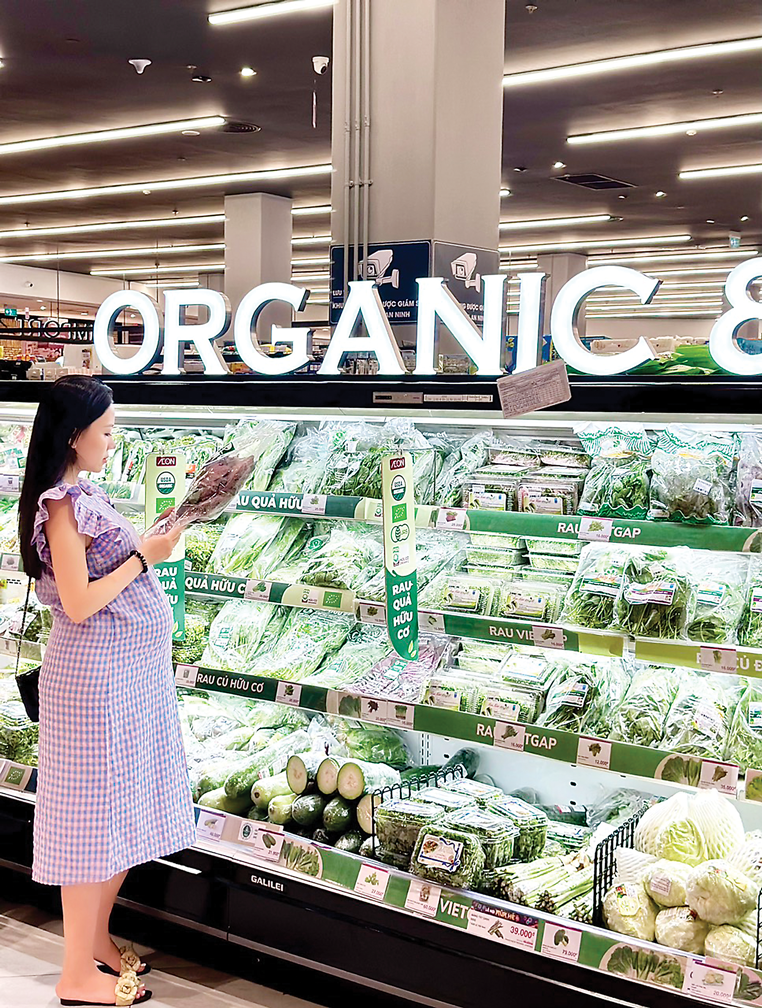Source: vneconomy.vn

As consumers become more and more concerned about health and the environment, ecological, organic, circular and permaculture agricultural models are becoming popular solutions. Not only does it help protect the ecosystem, organic agriculture also meets the increasing demand for clean and safe food.
The change in consumer habits not only motivates businesses to apply environmentally friendly technology and farming processes, but also creates motivation for manufacturers to aim for sustainable development and meet the needs of consumers. inevitable trend of the times.
DOMESTIC REVENUE GROWTH
Consumer perceptions of climate change, biodiversity loss and food safety are significantly influencing demand for sustainable agricultural products. According to PwC’s 2024 Voice of the Consumer Survey, more than 80% of consumers say they are willing to pay more for products that are sustainably produced or sourced. In terms of price, some consumers are willing to pay an average of 9.7% more for organic products that meet environmental criteria.
AC Nielsen’s organic food consumption trend report shows that in Vietnam, 86% of consumers prioritize choosing organic products for their daily meals because they are nutritious and safe for health. and does not affect the environment. This survey also shows that currently 24% of survey participants are consuming organic food every day, 16% and 21% of consumers are using organic food 4-5 times/week and 2-3 times/week. week…
Thanks to increased consumer demand, the organic production movement is developing rapidly in localities, and the organic agriculture startup model is increasingly being replicated in provinces and cities across the country. For example, the organic vegetable growing model of Chuc Son farmers and Nam Phuong Tien organic agricultural cooperative; or a vegetable growing model that meets VietGAP standards… in Hanoi. As well as the agricultural production model applying high technology, organic standards, towards sustainable development in Cam Khe (Phu Tho)… has been winning the trust of Northern consumers.

Consumers are willing to pay more for products that are produced or sourced sustainably.
Many other models of organic agricultural production, clean and safe products can be mentioned such as: models of rice production, vegetable production and pig farming in the direction of organic bio-mats developed by the Guilin Group. deployed in Vinh Phuc province; Shan Tuyet tea production model and organic fish cage farming in Tuyen Quang; Thau Dau sticky rice production model, organic tea production of Hao Dat Tea Production Cooperative in Thai Nguyen; shrimp farming model on mobile floating tanks in Quang Ninh; production model of Bac Thom 7 and TBR 225 rice varieties resistant to leaf blight in Ha Nam, Biophap organic agriculture model in Kon Tum and Gia Lai…
In terms of distribution channels, almost all leading retail chains in Vietnam have separate shelf areas for organic agricultural products. Mr. Le Thanh Trung, Commercial Manager of Fresh Food Value Chain at Central Retail Vietnam, said organic vegetables are 25-35% more expensive than conventional products but are still popular. “Many customers have to order in advance because the products are often sold out on the shelves,” Mr. Trung shared. Mr. Nguyen Van Hiep, Director of Co.opmart Phu Tho, also said that organic food has witnessed double-digit growth in the first 6 months of this year.
Furthermore, organic products are also distributed through e-commerce platforms such as Shopee, Lazada and Tiki. Along with that are convenience stores that sell organic food and vegetables such as: Soi Bien clean food store chain, Uncle Tom; Unimart supermarket… Market survey shows that, while safe vegetables have difficulty in output, organic vegetables are consumed stably with relatively high wholesale prices (15,000 – 20,000 VND/kg).
According to Mordor Intelligence, the size of the global organic food and beverage market is on the rise. It is predicted that the market size will reach more than 174 billion USD by 2024, this number is expected to soar to over 233 billion USD by 2029, with an annual growth rate (CAGR) of 6.02%. In particular, the Asia-Pacific region is leading the growth trend, with the most impressive growth prospects in the forecast period…
